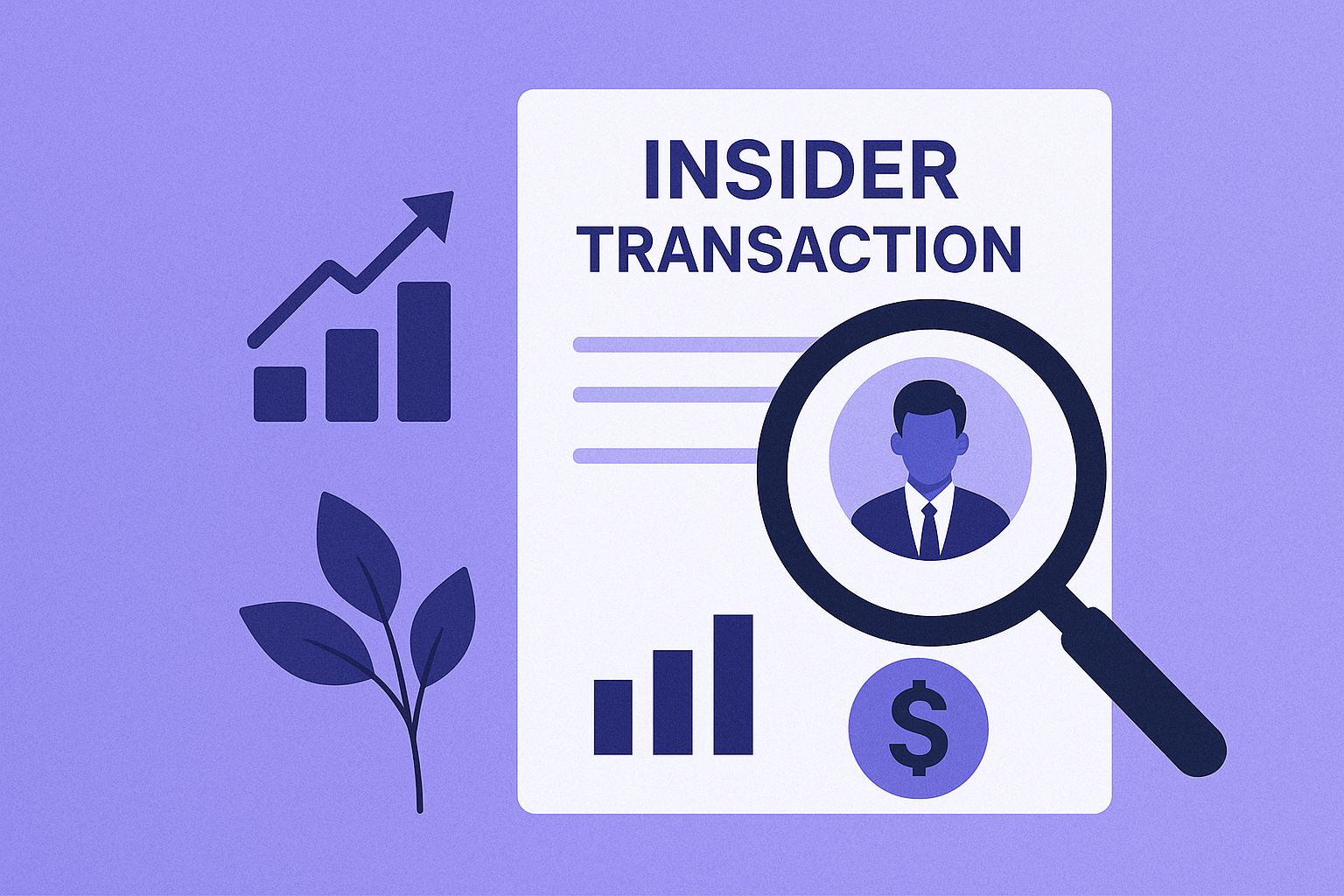How to Track Insider Transactions in Emerging Markets
How can you access and interpret insider data in regions where public reporting is less structured — like Russia or Kazakhstan? Let’s break it down.

In developed markets like the U.S., insider transactions are rigorously tracked and disclosed via standardized forms like the SEC’s Form 4. Investors use this data to detect alignment between management and shareholders — and sometimes, to spot undervalued opportunities.
But what about emerging markets? How can you access and interpret insider data in regions where public reporting is less structured — like Russia or Kazakhstan?
Let’s break it down.
Why Insider Activity Still Matters in Emerging Markets
Insider buying (especially repeated or cluster purchases) can be a powerful signal — even in opaque markets. Here’s why:
- Limited institutional coverage means insiders often have better information than analysts.
- Delayed reporting cycles make real-time indicators like insider trades more valuable.
- Market inefficiencies can amplify the signal of insider confidence.
But you need structured data to use these insights effectively.
What Makes Emerging Markets Different
Unlike the U.S. or EU, insider disclosures in CIS markets vary:
- There’s no unified format like EDGAR filings.
- Disclosures may appear in local news wires or exchanges (e.g. MOEX).
- Titles and roles may not be standardized.
- Some “insiders” (like board members of subsidiaries) may not be labeled as such.
That’s why raw scraping often fails — and structured parsing becomes critical.
A Smarter Way: Using an API to Access Insider Transactions
If you're building analytics tools, dashboards, or internal models, manually collecting insider trades won’t scale.
Our /v2/insider_transactions endpoint standardizes data across:
- Russian companies (MOEX-listed, OTC, or delisted)
- Kazakh issuers (via KASE)
- Parsed sources include exchanges, disclosures, and news wires
You can filter by ticker, person, operation type (buy/sell), date range, and more.
Here’s a simple example:
GET /v2/insider_transactions?code=GAZP&exchange=MOEXAnd you’ll get:
[
{
"code": "GAZP",
"exchange": "MOEX",
"person": "Ivan Petrov",
"role": "Board Member",
"type": "Buy",
"date": "2024-11-03",
"amount": 100000,
"price": 224.5,
"source": "https://..."
},
...
]What to Watch For
Some key heuristics to apply when interpreting insider activity in emerging markets:
- Cluster buying: Multiple insiders buying within days = strong confidence signal
- New insider buying after decline: Possible bottom signal
- Repeated purchases by same person: Indicates long-term conviction
- Sales by minor shareholders: Less meaningful than sales by C-level execs
Try It Yourself
Want to explore insider trades across Russia and Kazakhstan with structured, developer-friendly data?
Request a free trial of our API — we’ll set you up within one business day.